Related Research Articles

The Medical Research Council (MRC) is responsible for co-coordinating and funding medical research in the United Kingdom. It is part of United Kingdom Research and Innovation (UKRI), which came into operation 1 April 2018, and brings together the UK's seven research councils, Innovate UK and Research England. UK Research and Innovation is answerable to, although politically independent from, the Department for Business, Energy and Industrial Strategy.
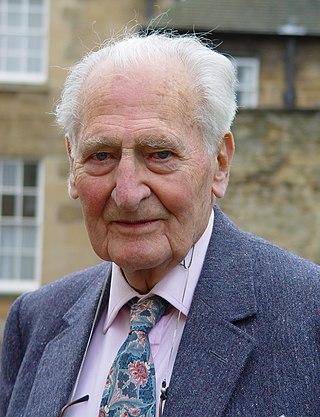
Sir William Richard Shaboe Doll was a British physician who became an epidemiologist in the mid-20th century and made important contributions to that discipline. He was a pioneer in research linking smoking to health problems. With Ernst Wynder, Bradford Hill and Evarts Graham, he was credited with being the first to prove that smoking increased the risk of lung cancer and heart disease.

Black lung disease (BLD), also known as coal workers' pneumoconiosis, or simply black lung, is an occupational type of pneumoconiosis caused by long-term inhalation and deposition of coal dust in the lungs and the consequent lung tissue's reaction to its presence. It is common in coal miners and others who work with coal. It is similar to both silicosis from inhaling silica dust and asbestosis from inhaling asbestos dust. Inhaled coal dust progressively builds up in the lungs and leads to inflammation, fibrosis, and in worse cases, necrosis.
Janet Howard Darbyshire, CBE FMedSci is a British epidemiologist and science administrator.
The Institute of Occupational Medicine (IOM) was founded in 1969 by the National Coal Board (NCB) as an independent charity in Edinburgh, UK and retains its charitable purpose and status today. The "Institute" has a subsidiary, IOM Consulting Limited, which became fully independent in 1990 and now celebrates its 25th year within the IOM Group as an independent consultancy and also the commercial part of the IOM organization. It specializes in asbestos surveys and services, occupational hygiene services, nanotechnology safety, laboratory analysis and expert witness consulting services. IOM is therefore one of the UK's major independent "not for profit" centres of science in the fields of environmental health, occupational hygiene and occupational safety.
Paul James Lioy was a United States environmental health scientist born in Passaic, New Jersey, working in the field of exposure science. He was one of the world's leading experts in personal exposure to toxins. He published in the areas of air pollution, airborne and deposited particles, Homeland Security, and Hazardous Wastes. Lioy was a professor and division director at the Department of Environmental and Occupational Health, Rutgers University - School of Public Health. Until 30 June 2015 he was a professor and vice chair of the Department of Environmental and Occupational Medicine, Rutgers University - Robert Wood Johnson Medical School. He was deputy director of government relations and director of exposure science at the Rutgers Environmental and Occupational Health Sciences Institute in Piscataway, New Jersey.
Ian Robert Young was a British medical physicist, known for his work in the field of magnetic resonance imaging (MRI).
The Queen's Birthday Honours 1995 were appointments by some of the 16 Commonwealth realms to various orders and honours to recognise and reward good works by citizens of those countries. The Birthday Honours are awarded as part of the Queen's Official Birthday celebrations during the month of June.
Peter John Morland Openshaw, is a British clinician and scientist specialising in lung immunology, particularly defence against viral infections. He trained in lung diseases and undertook a PhD in immunology before establishing a laboratory at St Mary's Hospital Medical School. He created the academic department of Respiratory Medicine and the Centre for Respiratory Infection at Imperial College and was elected President of the British Society for Immunology in 2014.
Sibte Hasan Zaidi was an Indian pathologist and toxicologist born in April 1918. He underwent training in pathology at the Hammersmith Hospital in London, United Kingdom and later returned to India to continue with experimental toxicology research. During his later years, he served on national and international committees, such as the World Health Organization where he advised on the harmful biological effects of industrial toxins.
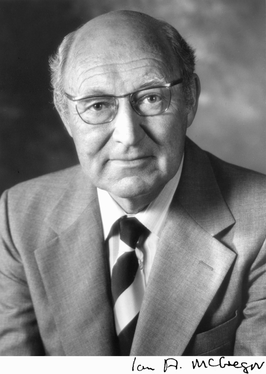
Sir Ian Alexander McGregor, was a Scottish malariologist.
John Bernard Lloyd Howell was a British physician.
Thomas Wilson Meade was a British epidemiologist. He was a pioneer in epidemiology—in particular, in the role blood clotting factors have in cardiovascular disease.

Professor Robert Lewis Maynard CBE, FRCP, FRCPath, FFOM is a British toxicologist.
James Scott FRCP, FIBiol, FMedSci, FRS is a British cardiologist.
Ann Prentice, is a British nutritionist.
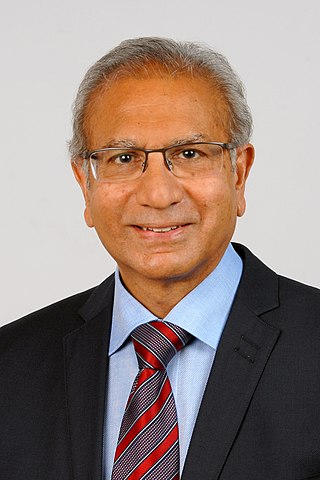
Professor Emeritus Sam H Ahmedzai FRCP, FRCPGlas, FFPMRCoA is a British supportive and palliative care specialist and an Honorary Consultant Physician in Palliative Medicine.
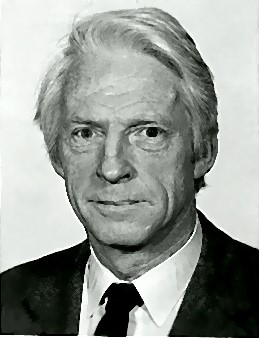
Philip Hugh-Jones FRCP was a British respiratory physician and Medical Research Council (MRC) researcher who during the Second World War investigated the effects of gun fumes on tank operators in Dorset and the effect of coal dust on Welsh coal miners with particular relevance to pneumoconiosis. This work led to future post-war pioneering research in lung physiology, the effect of asbestos on the lungs and lung diseases including emphysema.
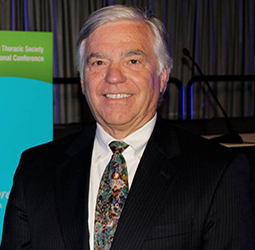
William N. Rom is the Sol and Judith Bergstein Professor of Medicine and Environmental Medicine, Emeritus at New York University School of Medicine and former Director of the Division of Pulmonary, Critical Care and Sleep Medicine at New York University and Chief of the Chest Service at Bellevue Hospital Center, 1989–2014. He is Research Scientist at the School of Global Public Health at New York University and Adjunct Professor at the NYU Robert F. Wagner Graduate School of Public Service. He teaches Climate Change and Global Public Health and Environmental Health in a Global World.

Patricia Silveyra is an Argentine-American lung physiologist, professor, and chair of Environmental and Occupational Health at Indiana University School of Public Health. Her research interests include sex differences in innate immunity, lung disease, air pollution exposure effects, and mechanisms by which sex hormones control lung immunity.
References
- 1 2 3 4 5 6 7 8 Andy Ness; Lois Reynolds; Tilli Tansey, eds. (2002). Population-based Research in South Wales: The MRC Pneumoconiosis Research Unit and the MRC Epidemiology Unit. Wellcome Witnesses to Contemporary Medicine. History of Modern Biomedicine Research Group. ISBN 978-0-85484-081-6. OL 16407718M. Wikidata Q29581659.
- ↑ "Professor Anthony Seaton". The Institute of Applied Health Sciences. Retrieved 14 July 2013.
- ↑ "New Year Honours List". Times Higher Education Supplement. 6 January 1997. Retrieved 6 May 2014.
- ↑ "BTS Medal | British Thoracic Society | Better lung health for all".